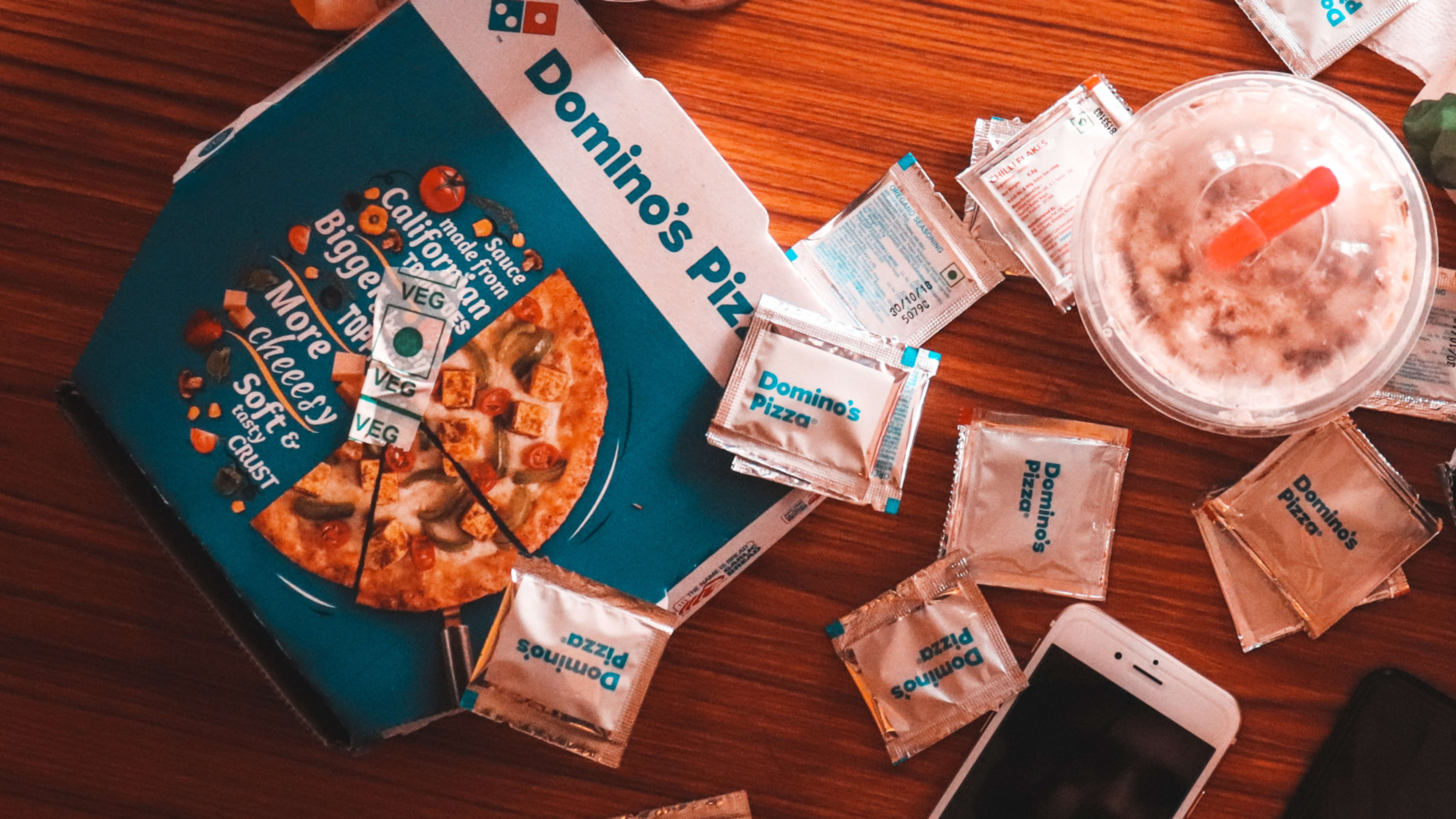The Supreme Court declined to hear an appeal from Domino’s Pizza Monday after a federal appellate court ruled that a blind customer can sue the chain under the Americans with Disabilities Act after he couldn’t fully use its website through screen-reading software.
Domino’s had asked the Supreme Court to rule that the ADA didn’t apply to websites and apps, arguing the 1990 law predated the modern internet and that there were no firm rules businesses could comply with to make their online assets accessible.
“Each defendant must figure out how to make every image on its website or app sufficiently accessible to the blind, how to render every video or audio file sufficiently available to the deaf, or how to provide content to those who cannot operate a computer or mobile phone,” the pizza chain had argued. “Businesses and nonprofits must maintain that accessibility as their online content constantly changes and grows through links to other content.”
The Ninth Circuit Court of Appeals had ruled that since Domino’s is a place of public accommodation, it’s required under the law to provide “auxiliary aids and services” making visual materials accessible to visually impaired customers. The court found that applies to the chain’s website and app, even though they’re often used outside of Domino’s restaurants.
The ruling may cause businesses to take website accessibility concerns more seriously. Screen-reading software users often say modern websites and apps don’t have enough built-in cues to let the software translate what’s happening on-screen to audio output in a meaningful way.
But business groups like the U.S. Chamber of Commerce had expressed concern that the appeals court ruling, coupled with uncertainty about exactly what it means to make a website accessible, could lead to an onslaught of lawsuits over website access that could even lead some companies to reduce their online presences.
“Uncertainty and related litigation costs hurt businesses,” the U.S. Chamber of Commerce had said in a brief to the Supreme Court. “And the surest way to avoid such costs is to reduce online offerings and innovations in the first place, hurting consumers—including the very individuals the ADA seeks to protect.”
In a statement, Domino’s said it has taken steps to make its services accessible.
“Although Domino’s is disappointed that the Supreme Court will not review this case, we look forward to presenting our case at the trial court,” a spokesperson said. “We also remain steadfast in our belief in the need for federal standards for everyone to follow in making their websites and mobile apps accessible.”
Recognize your brand’s excellence by applying to this year’s Brands That Matter Awards before the early-rate deadline, May 3.
